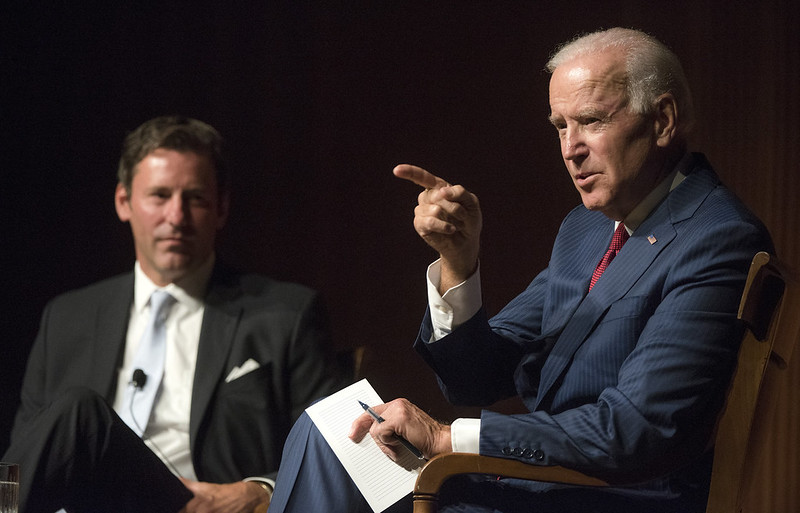
Joe Biden’s stay in the White House has been stained by the worst inflation Americans have seen in decades. Now, he’s doing what he can to make it even more expensive for Americans. The Washington Examiner’s editors report:
The rate at which prices are rising has slowed somewhat, but prices are still going up. The vast majority of the public is unhappy about it and expects things to get worse.
And as long as President Joe Biden is in office, that is a reasonable expectation, for Biden’s Office of Management and Budget pushed through new regulations this month that will make it easier for every federal agency to raise the regulatory costs of everything people want to do.
At issue is the discount rate that the Office of Information and Regulatory Affairs uses when calculating costs and benefits of proposed regulation. These analyses are not required by statute, but the White House has performed them since President Ronald Reagan issued an executive order mandating them in 1981. Presidents from both parties have since embraced Reagan’s requirement, although each president has tweaked the process in one way or another.
Biden’s new twist to the formula would cook the books in favor of costly new regulations. Regulators face many uncertainties when calculating the costs and benefits of regulation, including balancing the trade-offs between higher costs now and benefits decades in the future.
Let’s say the Biden administration is considering new energy efficiency standards that will drive up the costs of dishwashers today. When balancing those real costs that consumers will feel today against the benefits of lower energy consumption in the future, how much weight should regulators put on each side of the scale?
Biden’s new regulation tips the scales in favor of future benefits. Under the old rule, if new energy efficiency standards for dishwashers cost $1 million today but netted $2 million in benefits a decade from now, regulators would say it wasn’t worth it because consumers could have netted more benefits from spending their money on other things.
But under Biden’s new rule, regulators are to place less value on the economic hit faced today. So, a $1 million cost today would be outweighed by a $2 million benefit a decade from now.
The new Biden rule also extends imagined benefits regulators can apply. Even though here in the real world slightly lower carbon emissions from low-energy dishwashers wouldn’t change the planet’s temperature by a single degree, Biden’s new rule allows regulators to invent benefits in the form of less damage from future climate change disruptions. It also allows regulators to apply social justice factors such as income inequality to their analyses.
The end result of all this book cooking is going to be a lot more federal regulations that have large upfront costs but are made to look reasonable by mythical long-term benefits.
Action Line: Bidenflation is real, and it’s hurting savers and those on a fixed income the most. When you want help planning for inflation, let’s talk.


